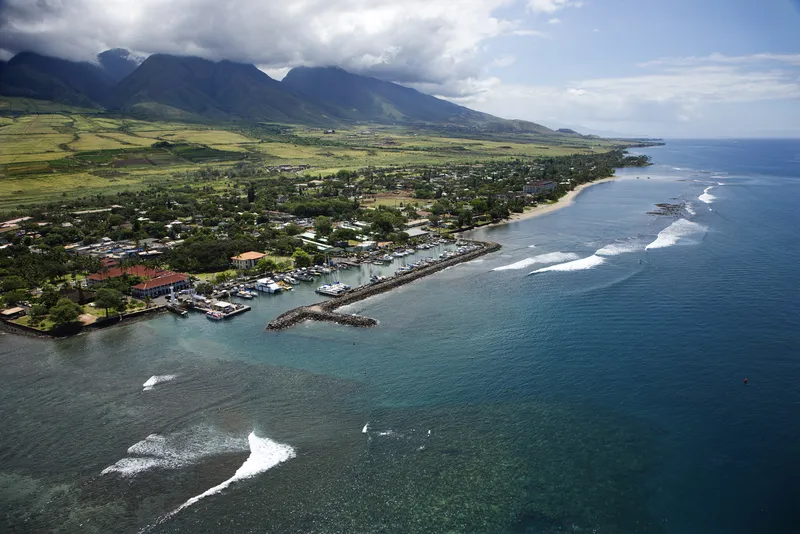Preliminary data released by the US Department of Transportation’s National Highway Traffic Safety Administration (NHTSA) show a 7.7 per cent increase in motor vehicle traffic deaths in 2015. An estimated 35,200 people died in 2015, up from the 32,675 reported fatalities in 2014.
Although the data are preliminary and requires additional analysis, the early NHTSA estimate shows 9 out of 10 regions within the United States had increased traffic deaths in 2015. The most significant increases came for pedest
July 8, 2016
Read time: 2 mins
Preliminary data released by the 324 US Department of Transportation’s National Highway Traffic Safety Administration (NHTSA) show a 7.7 per cent increase in motor vehicle traffic deaths in 2015. An estimated 35,200 people died in 2015, up from the 32,675 reported fatalities in 2014.
Although the data are preliminary and requires additional analysis, the early NHTSA estimate shows 9 out of 10 regions within the United States had increased traffic deaths in 2015. The most significant increases came for pedestrians and bicyclists.
If these projec¬tions are realised, fatalities will be at the highest level since 2008, when 37,423 fatalities were reported. Preliminary data reported by the Federal Highway Administration (FHWA) shows that vehicle miles travelled in 2015 increased by about 107.2 billion miles, or about a 3.5-per cent increase.
According to NHTSA administrator Dr Mark Rosekind, an improved economy and lower fuel prices has led to Americans driving more, but only explains part of the increase in fatalities. He says 94 per cent of crashes can be tied back to a human choice or error, so more focus is needed on improving human behaviour while promoting vehicle technology that not only protects people in crashes, but helps prevent crashes in the first place.
Although the data are preliminary and requires additional analysis, the early NHTSA estimate shows 9 out of 10 regions within the United States had increased traffic deaths in 2015. The most significant increases came for pedestrians and bicyclists.
If these projec¬tions are realised, fatalities will be at the highest level since 2008, when 37,423 fatalities were reported. Preliminary data reported by the Federal Highway Administration (FHWA) shows that vehicle miles travelled in 2015 increased by about 107.2 billion miles, or about a 3.5-per cent increase.
According to NHTSA administrator Dr Mark Rosekind, an improved economy and lower fuel prices has led to Americans driving more, but only explains part of the increase in fatalities. He says 94 per cent of crashes can be tied back to a human choice or error, so more focus is needed on improving human behaviour while promoting vehicle technology that not only protects people in crashes, but helps prevent crashes in the first place.










